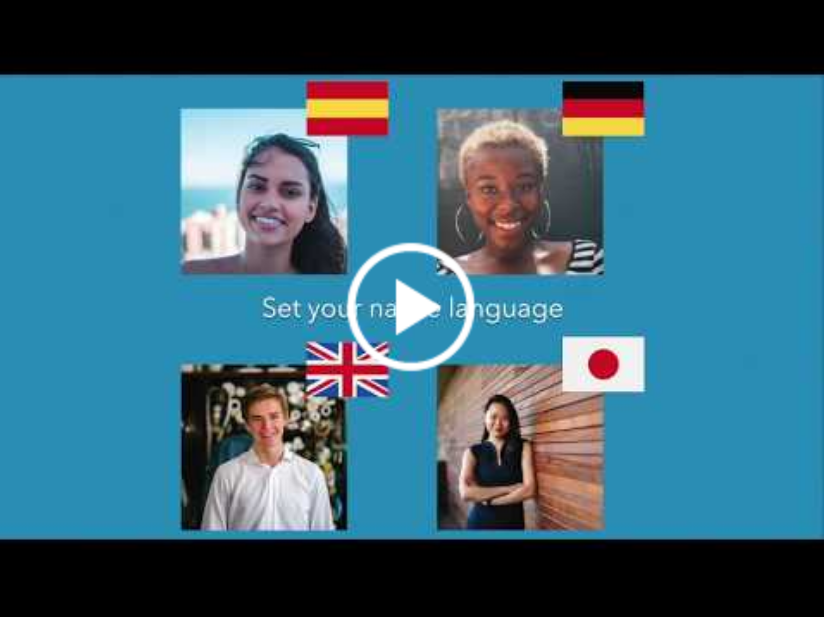
(Image from Flickr user Bronx)
Hey look, a new app!
I came across an application that sounded interesting, Glossika. It promised, as many now do, to use AI to learn a language. It also promised practice to communicate in real-life situations and to be able to “internalize” grammar structures from context. When I tried it out; however, it was very similar to other “language” apps such as Duolingo, Babbel, and Memrise. It’s a series of translation activities, learned by repetition, and organized by topic.
I should have known by the misleading “internalize” term when it came to grammar. Much is made about the advantages children have when learning a language, and it is true that when it comes to sounds and accents, they have an advantage over adults. Much less mentioned is the tremendous advantage adults have when it comes to grammar and other patterns. We don’t have to listen to hundreds or even thousands of examples before we are able to recognize a grammatical rule and its exceptions. Instead, we can simply read an explanation.
For example, Spanish verbs end in -ir,-ar, and -er. Most verbs are regular. For these they all follow the same pattern. For -ar verbs for example.
Trabajar - to work
Yo (I) trabajo
Tú (you) trabajas
Él, ella, usted (He, she you formal) trabaja
Nosotros (We) trabajamos
Vosotros (You plural, Spain only) trabajáis
Ellos, ella, ustedes (They and you plural for Latin America) trabajan
The pattern is very similar for -er and ir verbs as well. Imagine how long it would take to figure out the pattern based only on examples, especially if you learned some irregular, though very common, verbs first. Instead, with a few minutes of studying you can conjugate most of the verbs in the Spanish language for the present tense. Unfortunately language apps never explicitly state these patterns so even simple and very common grammar functions, like the present tense, take a very long time to master.
Another key skill not addressed from these apps is the ability to understand and communicate using what little vocabulary we have and making use of the context to derive meaning. Without this skill, it would be years before could have even the simplest conversation. There’s simply too many possibilities to count on memorizing phrases as a path to fluency.
Finally, and perhaps most importantly, it’s boring. To hear these short phrases repeated ad nauseum only to then move on to the next set is excruciating. This isn’t to say that some memorization is required, but to so as the only way to acquire a language is both tedious and ineffective.
One of the great joys in learning a language is that any activity that involves reading, listening, speaking, or writing is helpful to learn a language. Find a topic you enjoy to write about, read a book, watch a movie, or find a language partner. Not only are these enjoyable, but you’ll learn to communicate with even a limited amount of vocabulary as your skill and knowledge grow.
These apps can be useful to add a few new words, but they’re only a small piece. Language is about communication, stories, and ideas. This means as with most things, learning is best done by doing.


















